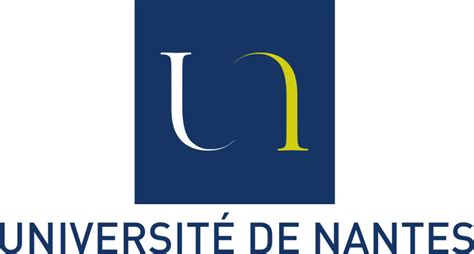Targeted Temperature Management for Cardiac Arrest with Nonshockable Rhythm
Résumé
BACKGROUND: Moderate therapeutic hypothermia is currently recommended to improve neurologic outcomes in adults with persistent coma after resuscitated out-of-hospital cardiac arrest. However, the effectiveness of moderate therapeutic hypothermia in patients with nonshockable rhythms (asystole or pulseless electrical activity) is debated. METHODS: We performed an open-label, randomized, controlled trial comparing moderate therapeutic hypothermia (33° C during the first 24 hours) with targeted normothermia (37° C) in patients with coma who had been admitted to the intensive care unit (ICU) after resuscitation from cardiac arrest with nonshockable rhythm. The primary outcome was survival with a favorable neurologic outcome, assessed on day 90 after randomization with the use of the Cerebral Performance Category (CPC) scale (which ranges from 1 to 5, with higher scores indicating greater disability). We defined a favorable neurologic outcome as a CPC score of 1 or 2. Outcome assessment was blinded. Mortality and safety were also assessed. RESULTS: From January 2014 through January 2018, a total of 584 patients from 25 ICUs underwent randomization, and 581 were included in the analysis (3 patients withdrew consent). On day 90, a total of 29 of 284 patients (10.2%) in the hypothermia group were alive with a CPC score of 1 or 2, as compared with 17 of 297 (5.7%) in the normothermia group (difference, 4.5 percentage points; 95% confidence interval [CI], 0.1 to 8.9; P\,=\,0.04). Mortality at 90 days did not differ significantly between the hypothermia group and the normothermia group (81.3% and 83.2%, respectively; difference, -1.9 percentage points; 95% CI, -8.0 to 4.3). The incidence of prespecified adverse events did not differ significantly between groups. CONCLUSIONS: Among patients with coma who had been resuscitated from cardiac arrest with nonshockable rhythm, moderate therapeutic hypothermia at 33° C for 24 hours led to a higher percentage of patients who survived with a favorable neurologic outcome at day 90 than was observed with targeted normothermia. (Funded by the French Ministry of Health and others; HYPERION ClinicalTrials.gov number, NCT01994772.).
